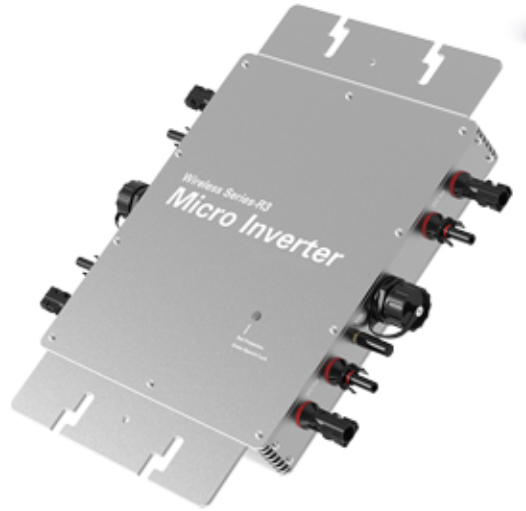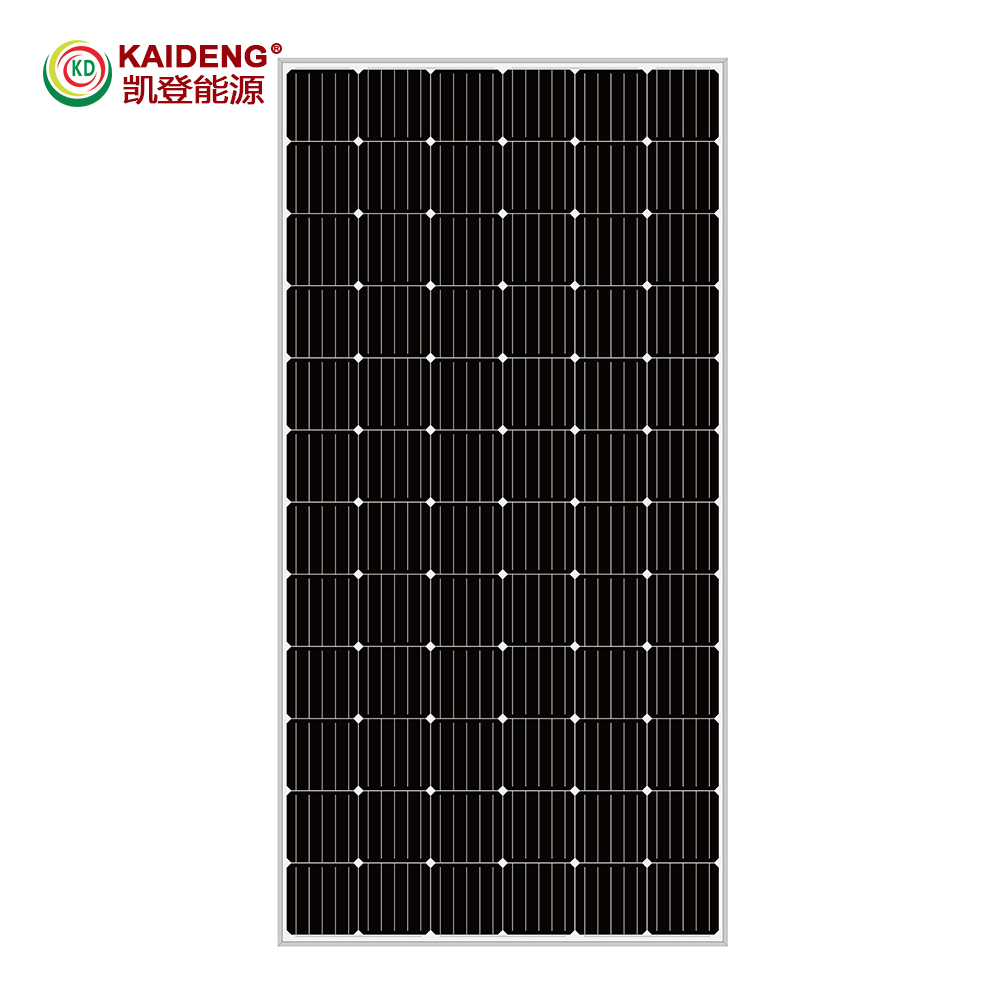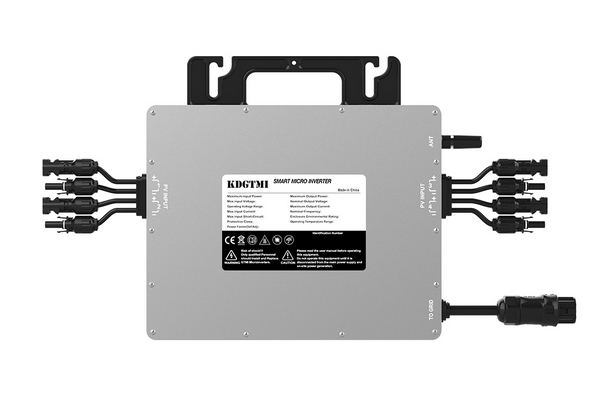Photovoltaic inverter is a device that converts direct current generated by photovoltaic modules into alternating current, which is a crucial part of the solar power generation system. After the inverter converts direct current to alternating current, it needs to be connected to the grid in order to output the electrical energy to the grid for power supply. In general, the two-phase electricity after the photovoltaic inverter can be connected to the grid in the following ways:
First, connecting to the grid requires connecting the output of the inverter to the grid. This is usually through a cable or wire to connect the output end of the inverter to the main line of the grid, to ensure that the connection is firm and reliable, so as to avoid disconnection or failure to affect the power output.

Then, it is necessary to debug and set up the connected two-phase power. Before connecting to the power grid, it is necessary to set the parameters of the inverter to ensure that the output voltage, frequency and other parameters of the inverter match the power grid to ensure that the electric energy is stably and effectively output to the power grid. At the same time, some security checks and tests are also needed to ensure that the electricity connected to the grid meets the relevant standards and regulations.
Finally, access to the grid requires registration and declaration. After the inverter is connected to the power grid, it is necessary to register and declare to the relevant departments, go through the relevant procedures and procedures, and ensure that the connected electric energy meets the national standards and regulations. At the same time, it also needs regular testing and maintenance to ensure the stable and safe operation of the access grid.
In general, connecting the two-phase power after the photovoltaic inverter to the grid is a complex and important process that needs to be operated in strict accordance with relevant regulations and standards to ensure the stability and safety of the power output to the grid. Only by doing the relevant Settings and preparations can we maximize the benefits of photovoltaic systems and contribute to promoting the development of clean energy.



